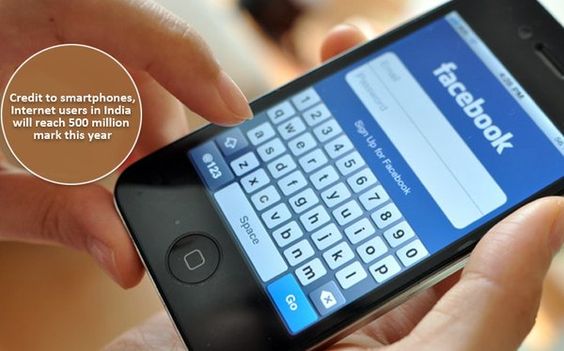Using social media, email and other online platforms triggers you to leave a lot of your personal information online. Keeping things private seems to be difficult nowadays with all the technology being laid available to us. However, not being private opens you to a lot of risks that can be a burden, more of a burden rather than doing things that will keep you safe and your identity secure, online.

Photo Credit: Nu.nl via Pinterest
Much of our lives has become so modern that we spent a lot of it online and in the cloud. We share almost every piece of information about ourselves online. We blog about our vacations, we post whenever we go to the gym, we order things online and leave information about our credit cards on Amazon. Doing these things is the reason why our information – professional and personal becomes easily available even for people who we haven’t met.
This information can be used in different ways, some in dangerous ways as well. Thus, keeping our information secure and backing up your vital data to prevent anyone from abusing you via the internet is important. Here are some tips you can follow to be able to save you the troubles that comes with losing your privacy online.
Two-factor authentication
Most of the big names in the internet industry has it. You will be asked for your password and another code that is in real-time sent to your phone or e-mail just to be able to identify if the person accessing your email or bank accounts is indeed you. Do not be annoyed by these seemingly redundant practices because these practices keep your information safe.
Delete your browsing history
You can delete your browsing history not only in your computer but also in websites like Amazon as well. Check out the net for details on how you can delete your searches in Amazon to be able to prevent other people from looking back to your past transactions.

Photo Credit: BlogHer via Pinterest
Consider using self-destructing Gmail messages
Did you have to share a personal information or a password to a friend via an e-mail. Be careful than rather being sorry by sending self-destructing Gmail messages. This Chrome extension lets you revoke access to the emails that you have sent, thus preventing others from possibly gathering important details you have included in an email you have sent in the past.
Choosing what to post
Another important habit to remember to keep details about yourself private and secure is choosing what to post. If you have the option of talking directly to a person or having a phone conversation to share an important detail or to be able to complete a transaction, pick this option rather than doing it online. Doing things online has it conveniences and inconveniences. Staying safe by doing your transactions securely keeps you protected online and even offline at all times.













